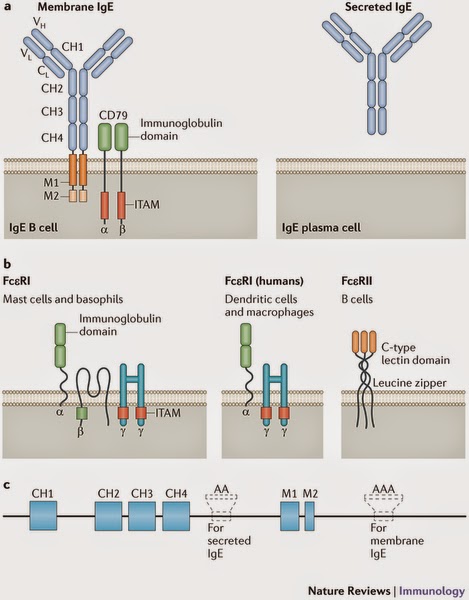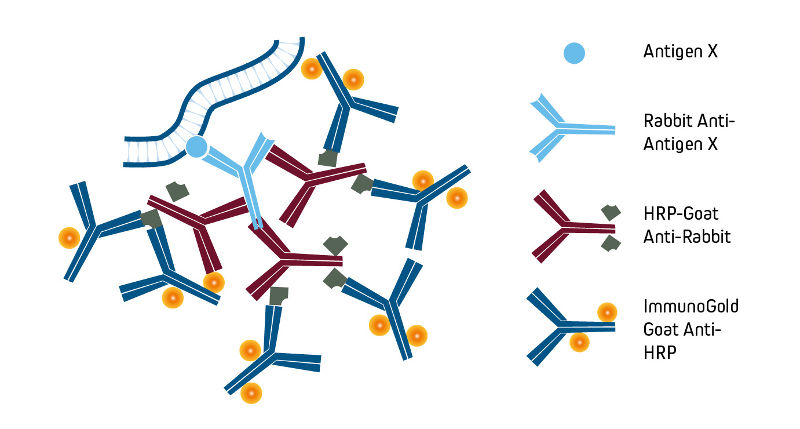
The deposition of C3b also results in amplification of the complement cascade and activation of downstream complement effector functions.įig. C3b molecules are recognized by complement receptors on phagocytes (neutrophils, macrophages), which engulf and digest bacteria intracellularly. On binding of C1q, its associated proteases C1r and C1s are activated to cleave other complement proteins that together form enzymes on the surface that catalyze the covalent deposition of C3b molecules onto the bacterial surface ( SI Appendix, Fig. C1q comprises the antibody recognition unit of the C1 complex and is composed of six globular heads connected by collagen-like stalks. The C1 complex consists of three large units: C1q, C1r, and C1s. IgG antibodies can bind surface antigens via their Fab regions and subsequently recruit C1 via their Fc region ( SI Appendix, Fig. The most abundant antibody isotype in serum is immunoglobulin (Ig) G, which is subdivided into subclasses IgG1, IgG2, IgG3, and IgG4 in order of decreasing abundance. The antibody-driven, “classical” complement pathway is initiated when circulating C1 complexes are recruited to antibody-labeled target surfaces ( 6). Because effective complement activation is an important effector mechanism of therapeutic antibodies in cancer ( 2), the ability of complement to kill bacteria could also be exploited for antibacterial therapies against (antibiotic-resistant) pathogens ( 3– 5). Furthermore, complement generates chemoattractants and induces direct killing of gram-negative bacteria. An activated complement cascade results in efficient decoration of bacteria with C3-derived molecules that are essential to trigger highly effective phagocytic uptake via complement receptors on phagocytes. The complement system, a large network of plasma proteins, forms an important effector of antibody-dependent immune protection against invading bacteria. To do so, antibodies bind bacterial cells via their variable (Fab) region and subsequently trigger Fc-mediated effector functions ( 1).

While antibodies can bind and neutralize bacterial virulence factors, they can also signal to components of the innate immune system and induce bacterial killing. Together, our findings identify SpA as an immune evasion protein that specifically blocks IgG hexamerization.Īntibodies play a key role in the human immune response against bacterial infections. aureus can potently induce complement activation and opsonophagocytic killing even in the presence of SpA. Finally, we demonstrate that IgG3 antibodies against S.

In concordance, we show that SpA interferes with the formation of (IgG) 6:C1q complexes and prevents downstream complement activation on the surface of S. Using native mass spectrometry and high-speed atomic force microscopy, we demonstrate that SpA blocks IgG hexamerization through competitive binding to the Fc-Fc interaction interface on IgG monomers. Here we show that staphylococcal protein A (SpA), an important virulence factor and vaccine candidate of Staphylococcus aureus, effectively blocks IgG hexamerization and subsequent complement activation. Antibody-dependent complement activation is promoted by the organization of target-bound IgGs into hexamers that are held together via noncovalent Fc-Fc interactions. An important effector of IgG-dependent immunity is the induction of complement activation, a reaction that triggers a variety of responses that help kill bacteria. Immunoglobulin (Ig) G molecules are essential players in the human immune response against bacterial infections.


 0 kommentar(er)
0 kommentar(er)
